A pergola awning can create an attractive and comfortable outdoor space that allows homeowners and their guests to relax in the fresh air. Installing a pergola awning can provide protection from the elements, enhance aesthetic appeal, and add functionality to any outdoor area.
Choosing the right size, style, color, and accessories for the awning will help ensure that it fits seamlessly into any outdoor landscape design. With proper installation and maintenance techniques, homeowners can enjoy their new outdoor space for many years to come.
By adding cozy furnishings or decorations to complete the look of their outdoor retreat, they can create an inviting atmosphere for themselves and their guests to enjoy.
Benefits of Installing a Pergola Awning
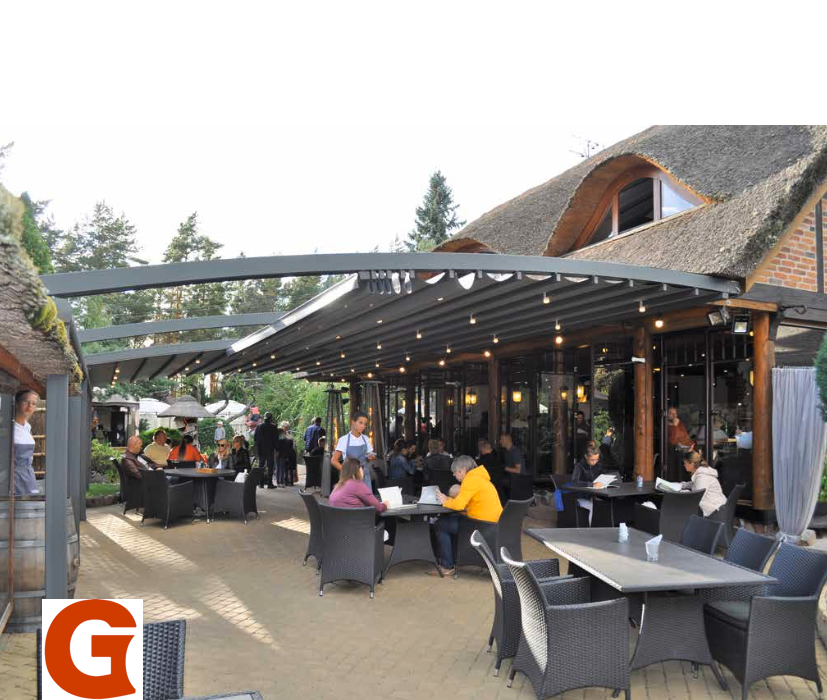
Installing a pergola awning can provide numerous advantages to an outdoor area. A well-designed structure not only lends charm and visual appeal to any garden, but it also provides some practical benefits.
Pergola awnings allow for sun protection from the harsh rays of the summer sun while still allowing cool air flow in breezy weather. In addition, they are relatively easy to install and maintain with basic DIY tips, making them an ideal choice for homeowners looking for an economical way to spruce up their outdoor spaces.
The size of the pergola awning should be based on both personal preference and practical considerations. The width will depend on how much coverage is desired; smaller structures may not provide adequate shade while larger ones could potentially block out too much light or take up too much space in the yard. It is important to consider the existing landscape when choosing the right size as this will affect how effective it is in providing sun protection and creating comfortable outdoor living areas.
When deciding which materials to use when constructing a pergola awning, there are many options available including wood, vinyl, metal, and even canvas fabric coverings. Each material has its own unique benefits; wood is strong and durable while vinyl is lightweight and requires little maintenance over time. Metal offers great strength but may be more expensive than other materials while canvas fabric coverings offer superior aesthetics but require more frequent replacement due to wear and tear from exposure to elements such as wind or rain.
By taking into account all of these factors before purchasing or installing a pergola awning, homeowners can ensure that they get just what they need in order to create beautiful yet functional outdoor living spaces that will last for years to come. With careful consideration of size, material type, style preferences as well as budget constraints, anyone can craft an attractive pergola that doubles as effective sun protection for their backyard oasis.
Choosing the Right Size
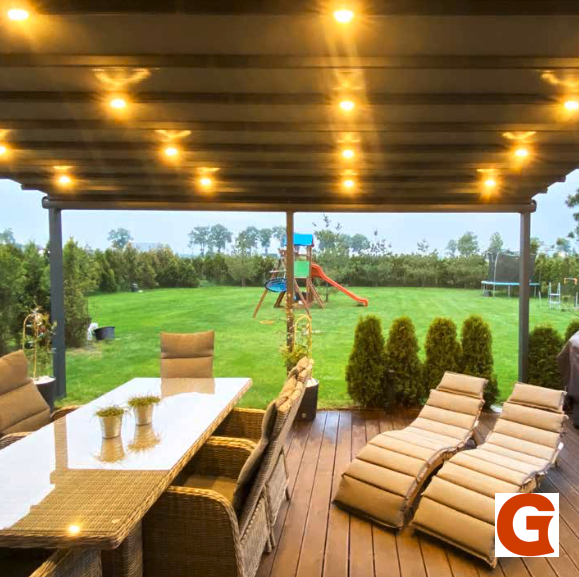
Properly selecting the size of a pergola awning is essential for creating a pleasant outdoor area. The overall size of the covering should be based on both aesthetics and practicality. To ensure that the space remains comfortable, it is important to opt for shade when choosing an appropriate sized awning. It is also necessary to assess one’s needs before making any decisions as this will determine how much coverage is necessary.
One way of determining what size to purchase is by measuring the dimensions of the intended space, including its depth, length, and width. This allows for more accurate estimates in regards to how much fabric is needed for coverage. Furthermore, if there are additional features like plants or furniture that need protection from sun exposure then more fabric may be required in order to properly cover them as well.
When considering what type of material should be used it depends on personal preference and budget constraints. There are many options available including fabrics made from acrylic and polyester fibers which offer good durability but tend to cost more than those made from less expensive materials such as cotton canvas or vinyl coated polyester mesh fabrics. In addition, lighter colors can help reflect sunlight while darker shades provide better UV protection so it’s important to consider these factors when making a selection too.
No matter which option you choose, make sure that there is enough fabric so that the edges reach all sides of the structure without any gaps or overlaps while still having enough slackness left behind after installation so that water can run off easily without pooling at any point during rainstorms. Doing this will limit exposure damage caused by wind and weather conditions ensuring that your pergola awning provides maximum comfortability when enjoying outdoor activities with family and friends for years to come.
Having chosen an appropriate size, selecting the right style becomes even more paramount in completing your desired outdoor living experience design goals.
Selecting the Right Style
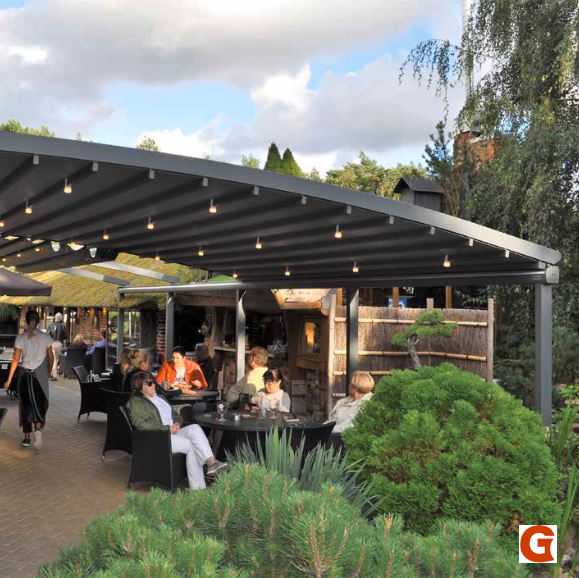
The selection of the right style is a critical step in completing an outdoor living experience and should be carefully considered, as it can evoke a feeling of relaxation like a gentle breeze.
When selecting the style for a pergola awning, there are several elements to consider such as material selection, construction costs, and design aesthetics. A variety of materials are available including wood, aluminum, vinyl or canvas. Each requires different levels of maintenance and carries its own unique cost profile.
Additionally, the design elements should be chosen to best reflect your personal taste while creating an inviting space that enhances the environment in which it is placed.
When considering different styles for your pergola awning it’s important to consider all aspects from both a practical and aesthetic perspective. Working with an experienced supplier can help you choose the right option for your needs based on budget and desired look. There are many options available ranging from traditional designs to more modern takes on classic styles such as slatted louvers or retractable fabric designs with motorized operation.
For those looking to create an even more special outdoor space, custom-built solutions may also be possible depending on local regulations and necessary permissions. Such projects require detailed planning but when completed they can give any outdoor area that extra sparkle required to make it truly stand out from the crowd.
No matter what style you choose for your pergola awning project careful consideration must be given in order to ensure that you are getting the most out of your investment while creating an enjoyable outdoor living area where family memories will be made for years to come. With this in mind choosing the right color scheme becomes paramount in order to bring together all aspects into one harmonious blend of form and function.
Selecting the Right Color
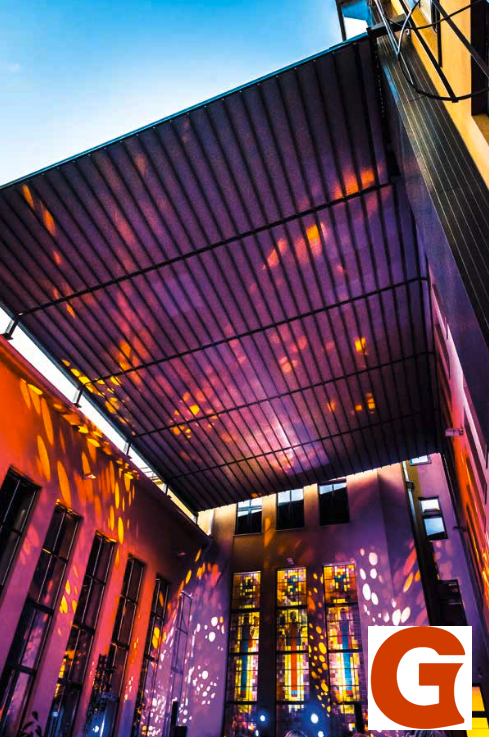
Selecting a color scheme for a pergola awning is essential to create an inviting and cohesive outdoor living experience. The right hue can tie in with the surrounding environment, while offering protection from the elements. When considering cost, exploring options such as pre-painted panels or canvas fabric can help narrow down choices quickly and easily.
Homeowners should also consider if they would like their pergola to blend in with its surroundings or stand out. For instance, using colors that complement the home’s exterior may be suitable for those looking for a subtle look, while bolder hues may be best suited for those wanting to make more of a statement.
When selecting colors, it is important to keep in mind how they will look when exposed to sunlight throughout the day. Darker tones tend to absorb heat and become hot to the touch when exposed directly under intense sun rays, whereas lighter shades are able to reflect UV radiation better than darker ones. Also, fabrics treated with special coatings provide additional resistance against fading due to exposure from weather elements such as rain and snowfall.
Homeowners should also take into account their lifestyle needs when choosing colors for their pergola awning. If entertaining guests outdoors often is part of this lifestyle then bright hues might be preferred over dull ones because they offer more vibrancy and energy – ideal qualities for social gatherings! On the other hand, if privacy or creating more intimate settings are desired then perhaps muted tones would work best as these evoke feelings of warmth and serenity which are perfect attributes for cozier gatherings amongst family members or close friends.
Overall, there are many aspects that need to be taken into consideration before deciding on colors for an outdoor space’s pergola awning; however by exploring options carefully homeowners can find one that meets both aesthetic preferences and practical requirements alike – providing them with an enjoyable place where they can relax and entertain comfortably year round. Installing the appropriate awning requires careful planning beforehand so that it functions optimally once installed.
Installing the Awning

Carefully assessing the environment is necessary to ensure that the awning is properly installed in order to maximize its effectiveness.
When determining where to install an awning, there are several factors to consider:
- Location: The awning should be placed near the entrance of your outdoor space and in an area with adequate shade protection from the sun.
- Material: Different types of materials will provide different levels of protection from water, UV rays and wind. It’s important to choose a material that can withstand your climate’s typical weather conditions.
- Cost: Installing costs vary depending on the size and type of awning chosen as well as any additional customization or installation services needed.
- Maintenance: Regular maintenance will help extend the life of your awning and ensure it’s protected from wear and tear due to exposure to elements such as wind, rain, snow or hail.
Once these factors have been considered, you can begin installing your chosen awning following manufacturer instructions for optimal performance.
It may be helpful to enlist professional assistance if you are unfamiliar with this kind of project or lack necessary tools for proper installation.
After all steps are taken for successful installation, accessories like cushions or curtains can further enhance comfort and style while providing more protection from weather conditions outside.
Adding Accessories for Comfort
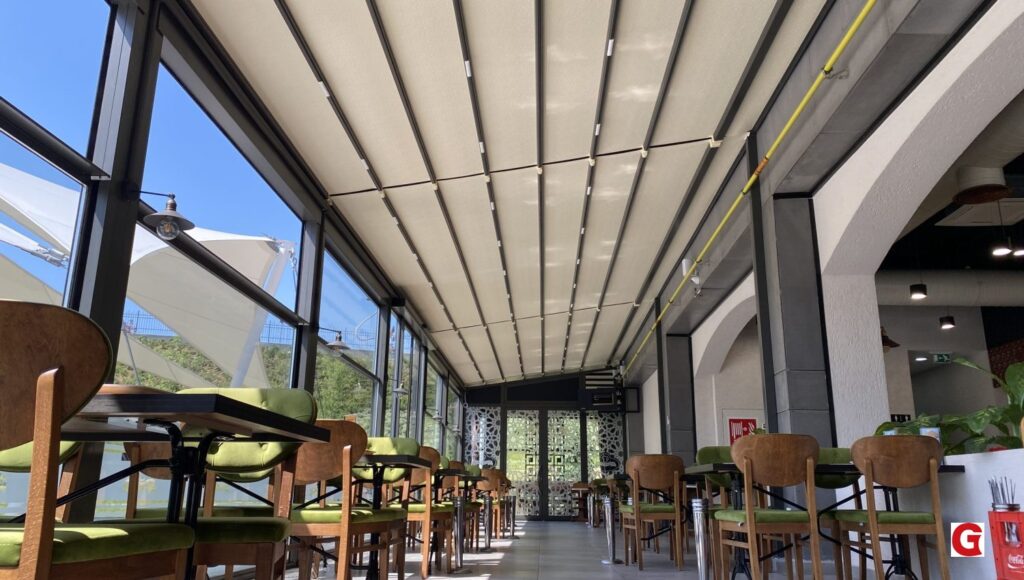
The installation of the pergola awning is complete, and now comes the fun part: accessorizing your outdoor space. After selecting a comfortable seating area with furniture that suits your style, you can begin to add other items like throw pillows, blankets, and decorative screens. With careful consideration of color and texture choices, you can create an inviting atmosphere in which to relax and entertain.
Furniture styling is also important for creating a comfortable outdoor space. To make it cozy and inviting, layer seating areas with different textures such as cushions or throws. You can also arrange them in clusters around tables or benches for smaller areas. Additionally, adding some low-level lighting will provide a warm glow to accentuate the mood of your outdoor living area in the evenings.
When selecting accessories for comfort outdoors, consider incorporating natural elements like plants or wood accents to give the feeling of being closer to nature. Adding wooden planters filled with flowers or herbs bring life into an outdoor space while providing additional comfort through their scent and beauty. These elements also help tie together disparate pieces to create an overall balanced look that reflects your personal style preferences perfectly.
Finally, it’s important not just to select items that are aesthetically pleasing but practical as well; choose items made from durable fabrics that can withstand harsh weather conditions so they won’t need replacing often over time.
With these tips in mind, you should be able to create a beautiful and comfortable outdoor oasis beneath your pergola awning where you can enjoy time with family and friends for years to come! As maintenance is key when it comes to keeping up this special place on hot summer days ahead, our next topic will focus on how best care for the pergola awning itself moving forward.
Maintaining the Awning
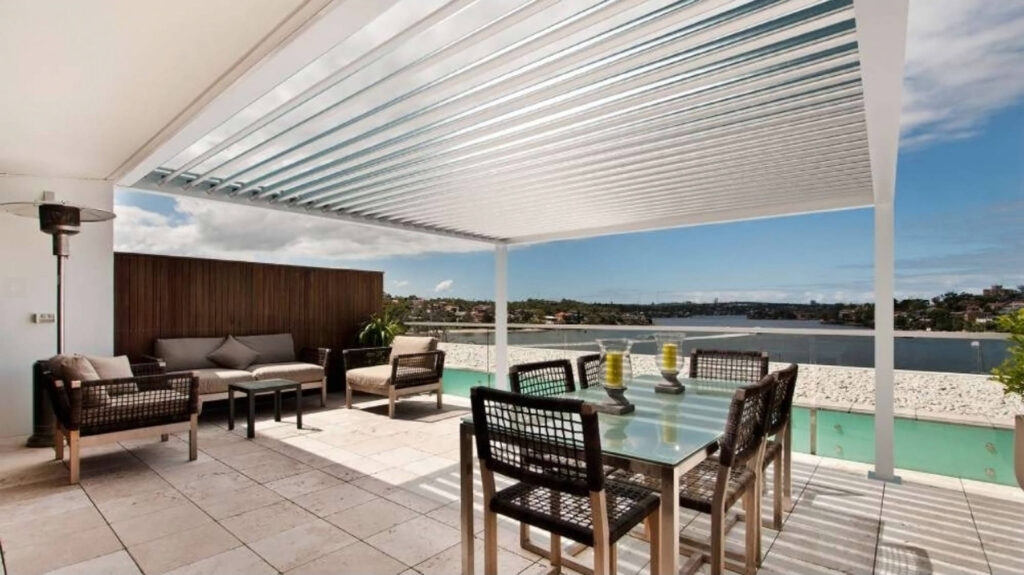
Awnings require regular maintenance to ensure their longevity and retain their beauty, with proper care they can become an impressive focal point of any outdoor area – a true statement piece.
To properly maintain an awning, it is important to clean the material regularly and also take into consideration weather-related maintenance. Cleaning should be done at least once per month with mild soap and water, using a soft brush or cloth to gently scrub away dirt and debris that has built up on the material over time.
Additionally, regular inspections should be conducted in order to check for rips or tears in the fabric as well as loose hardware that may need tightening over time.
In terms of weather-related maintenance, it is important to retract or cover your awning during inclement weather such as heavy rain or strong winds in order to avoid damage from flying debris or sudden gusts of wind which could cause tearing. Furthermore, check for sagging after storms due to accumulation of moisture on the surface which can lead to deformation; if this occurs you may need to reinforce your support structures by adding additional posts or rafters along with securing them tightly into place.
Finally, when not in use consider covering up your awning entirely with protective sheeting which will help protect it from sunlight exposure and other elements such as bird droppings that could cause discoloration over time. Taking these steps will help keep your awning looking great for years while providing adequate protection against natural wear and tear.
Thus creating an inviting outdoor area that will surely make everyone feel comfortable and welcome. As you create this cozy outdoor retreat we recommend adding furniture pieces that are stylish yet functional so you can truly enjoy its ambiance all year round.
Creating a Cozy Outdoor Retreat

Adding functional yet stylish furniture pieces to an outdoor area can create a cozy retreat, which will help maximize the ambiance for all year round enjoyment.
When creating a comfortable space outdoors with a pergola awning, there are many options for furnishing the area:
- To create a relaxing atmosphere:
- Add comfortable seating such as chaise lounges or Adirondack chairs, and place them in groupings around fire pits or outdoor rugs.
- Include decorative accent pieces such as pillows or throws to make the space feel more inviting and comfortable.
- Install lighting fixtures that will provide ambient light during evening hours.
- To entertain guests:
- Choose furniture pieces that are suitable for outdoor use such as wicker chairs and tables, or metal bistro sets.
- Use an outdoor bar cart to hold drinks and snacks while entertaining guests outdoors.
- Place potted plants around the perimeter of the patio area to add color and texture to the space.
When designing an outdoor space with a pergola awning, it is important to pick furnishings that are both stylish and durable enough to withstand extreme weather conditions.
Investing in quality materials such as teak wood or wrought iron will ensure that furniture pieces last longer and require less maintenance over time.
Additionally, incorporating textiles like canvas umbrellas or sun shades can also help protect against harsh sunlight during summer months while adding aesthetic appeal to any outdoor environment.
With careful planning and thoughtful consideration of design elements, it is possible to create an inviting oasis for relaxation or entertainment purposes all year round with just one pergola awning installation project.
Frequently Asked Questions
How much does a pergola awning typically cost?
Creating an outdoor space that is truly one-of-a-kind can be done with the addition of a pergola awning. The cost of such an installation may seem like a lofty expense, but when compared to other installation options it is surprisingly affordable.
A professional installation of a pergola awning typically ranges from $500 – $4,000 depending on size and complexity. For those who are looking for an easy DIY project, pre-made kits are available online for as little as $150!
With such an incredible range in cost and simplicity of installation, it’s no wonder why people all over the world have chosen to make their outdoor spaces come alive with the addition of a pergola awning.
Is a pergola awning suitable for all types of weather?
When deciding on an outdoor structure for various weather conditions, a pergola awning should be considered.
Pergolas are typically constructed from strong materials such as wood or metal, and some feature adjustable venting options for seasonal maintenance.
Additionally, they can provide protection from the elements such as sun, wind and rain.
However, it is important to note that pergolas may not offer adequate shelter in extreme weather conditions and often require additional reinforcement or covering to ensure that they remain structurally sound during storms.
What type of material is best for the awning?
When it comes to choosing a material for an awning, there are many factors to consider. Color is often the primary concern, but fabric type is also important.
For DIYers, canvas and polyester offer easy maintenance and can be painted or dyed in any color. Acrylic and vinyl fabrics are more durable and resistant to fading than canvas or polyester, making them better suited for outdoor use. If you want your awning to stand out from the crowd, you could opt for a patterned fabric like stripes or polka dots.
In addition to aesthetics, consider the weather conditions in your area when selecting an appropriate material – heavier fabrics will provide more protection from wind and rain than lighter ones.
Are there any safety considerations to take into account when installing a pergola awning?
When installing a pergola awning, it is important to consider safety requirements and potential hazards.
Recent studies have found that over 90% of outdoor structures require waterproofing in order to withstand harsh weather conditions.
Additionally, it is important to ensure the awning offers sufficient sun protection for those who will be using the space.
Sun exposure can cause longterm health effects including skin cancer and premature aging, so selecting materials with high UPF ratings should be taken into consideration when designing an outdoor space.
Is it possible to install a pergola awning without professional help?
When it comes to DIY projects, installing a pergola awning can be a relatively simple task. With the right tools and enough time, it is possible for most homeowners to install their own pergola awning without needing any professional help.
There are several design options available for those who choose to go down the DIY route, such as pre-cut timber or steel structures which can easily be assembled at home. Additionally, there are plenty of tips and tricks that can make the installation process much easier – from carefully measuring out your space beforehand to ensuring that all components fit together correctly.
Ultimately, with some patience and careful planning, it is possible to successfully install your own pergola awning without having to call in an expert.
Conclusion
Adding a pergola awning to an outdoor area can create an inviting atmosphere for relaxation and enjoyment. It is important to consider factors such as size, style, and color when selecting the right awning.
Installation of the awning should be done carefully with consideration given to proper weight distribution and sturdiness. Accessories such as curtains or wind screens will add comfort and further define the space.
Regular maintenance of the awning is essential to ensure safety, longevity, and optimal performance. With careful attention to detail, one can transform any outdoor area into their own private retreat that is both cozy and comfortable for all occasions.
